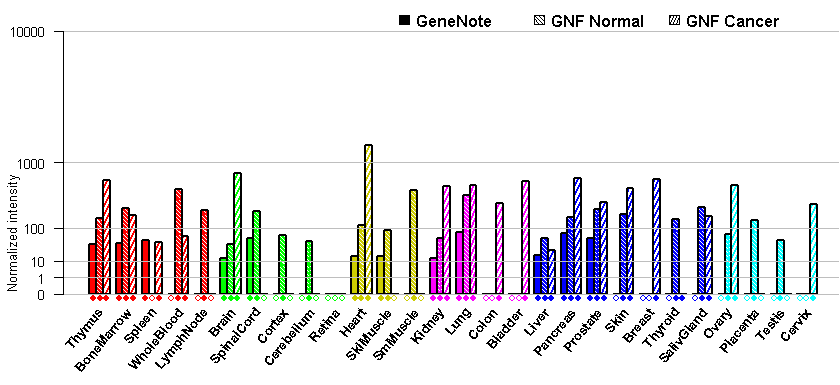Alias (According to NCBI)
- CD44R
- CDW44
- ECMR-III
- IN
- INLU
- LHR
- MC56
- MDU2
- MDU3
- MGC10468
- MIC4
- MUTCH-I
- Pgp1
- CD44 antigen (homing function and Indian blood group system)
- CDW44 antigen
- GP90 lymphocyte homing/adhesion receptor
- Hermes antigen
- Lutheran inhibitor, dominant
- antigen gp90 homing receptor
- cell adhesion molecule (CD44)
- cell surface glycoprotein CD44
- extracellular matrix receptor-III
- heparan sulfate proteoglycan
- hyaluronate receptor
- monoclonal antibody A3D8
- phagocytic glycoprotein I
- CD44 antigen precursor (Phagocytic glycoprotein I) (PGP-1) (HUTCH-I)
(Extracellular matrix
receptor-III) (ECMR-III) (GP90 lymphocyte homing/adhesion receptor) (Hermes antigen) (Hyaluronate
receptor) (Heparan sulfate proteoglycan) (Epican) (CDw44).
Description
(According to SwissProt)
The protein encoded by this gene is a cell-surface glycoprotein involved in cell-cell interactions, cell adhesion and migration. It is a receptor for hyaluronic acid (HA) and can also interact with other ligands, such as osteopontin, collagens, and matrix metalloproteinases (MMPs). This protein participates in a wide variety of cellular functions including lymphocyte activation, recirculation and homing, hematopoiesis, and tumor metastasis. Transcripts for this gene undergo complex alternative splicing that results in many functionally distinct isoforms, however, the full length nature of some of these variants has not been determined. Alternative splicing is the basis for the structural and functional diversity of this protein, and may be related to tumor metastasis.
- Chromosomal location
(According to NCBI, CGH: progenetix)
- Location: 11p13
- Orientation: plus strand
- Size: 90845 bp
- 18 exons
- DNA sequence (Human): NC_000011
![]()
CGH (11p13): Losses (%) -14.5 Gain (%) 4.5
mRNA sequence (Human):NM_000610, NM_001001389, NM_001001390, NM_001001391, NM_001001392
Size: 5748 bp, 5619 bp, 5619 bp, 4605 bp, 3985 bp
cDNA libraries: HCAM
- Size: 742 amino acids; 81553 Da
- Catalytic activity:
Subcellular location: Type I membrane protein.
Protein domains

Pathway:
Protein interactions: DIP: 1121N
 Tissue expression: PubMed
Reference
Human Protein Atlas (HPA):
Tissue expression: PubMed
Reference
Human Protein Atlas (HPA):
OMIM: 107269
PubMed: Early detection Diagnosis Prognosis Therapy